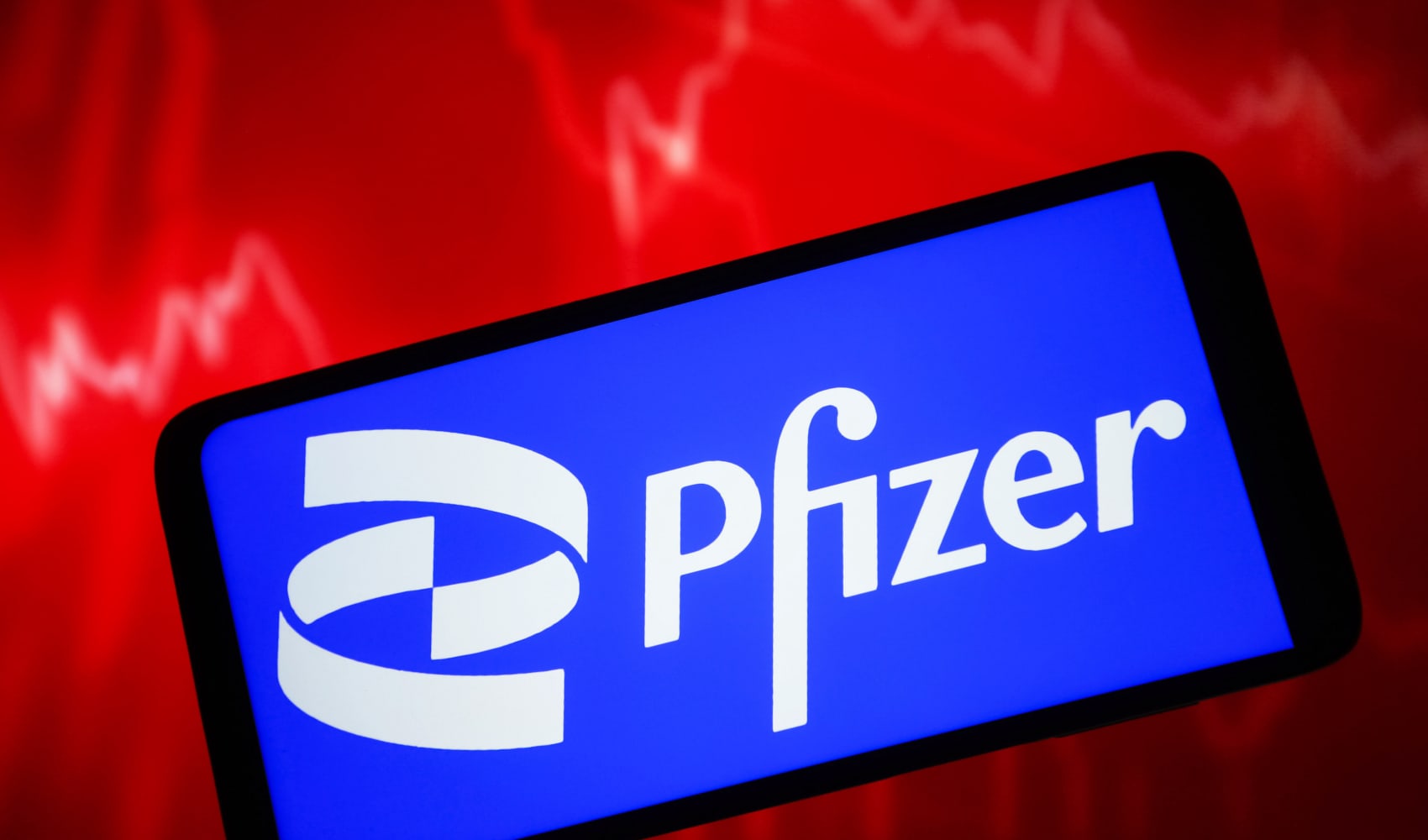
Loud layoffs are hitting the white-collar sector with tens of thousands of workers across tech, finance and media being let go en masse.
For some, it could be their first time going through a layoff, or at least their first time outside of the 2020 pandemic downturn.
You may remember that during peak Covid, the federal government provided emergency funding for jobless benefits, which aim to recover 50% of lost wages and are administered by states, to give people more money for a longer period of time. From March to July 2020, unemployment recipients got an extra $600 per week on their payments, which then got halved to $300 weekly boosts until September 2021, and most workers were guaranteed up to 39 weeks of aid.
The picture is a lot different now that those pandemic-era benefits are gone, and many of today's layoffs are happening at high-paying companies like Google, Meta and Amazon that may offer more generous severance packages.
Get Boston local news, weather forecasts, lifestyle and entertainment stories to your inbox. Sign up for NBC Boston’s newsletters.
Here's what to know about filing for unemployment insurance now.
Who qualifies for unemployment benefits?
You're eligible to receive unemployment insurance if you lose your job through no fault of your own, which includes being laid off. Prior to the pandemic, an estimated three-quarters of unemployed people never filed for benefits because they didn't think they were eligible, says Michele Evermore, a senior fellow at The Century Foundation.
Money Report
To that end, "I always recommend people err on the side of applying," Evermore says. "Who qualifies varies so much state to state," so make sure to check your state unemployment agency to see if you qualify, how much you can expect in benefits and how long you'll be able to receive aid.
The average weekly unemployment benefit was around $385 as of the third quarter of 2022, but it can vary widely. Pre-Covid, average weekly benefits ranged from a low of $215 in Mississippi to $550 in Massachusetts, according to the Center on Budget and Policy Priorities.
Most states provide 26 weeks of unemployment benefits, though two provide more (Massachusetts and Montana) and a handful provide less (Arkansas, Iowa, Michigan, Missouri, Oklahoma and South Carolina). Further, some states use a sliding scale, based on a worker's earnings history, to determine how many weeks a worker is eligible for benefits.
Should you file for unemployment if you're getting severance?
Some states will let you apply for and receive unemployment benefits even if you're getting severance pay, whereas others say severance money could lower your benefit amount or make you ineligible at that time. "With everything in unemployment insurance, check with your state agency, and be sure to give them all the information you have," Evermore says.
Some employment experts suggest trying to negotiate whether to receive your severance in a lump sum or spread out over time, based on how it could impact your unemployment eligibility.
For example, in a state that counts severance pay as earnings that'll reduce your jobless aid, you may try to opt for a one-time payment so you can claim unemployment coverage later on. Alternatively, because severance pay is subject to federal, state and local taxes, you may prefer to receive pay in installments that will be taxed at a lower rate.
In either case, Evermore recommends filing for jobless benefits as soon as you lose your job. That's because your benefits are based on your most recent earnings, like the previous four quarters before you filed an initial claim. If you wait 6 months to apply for aid, Evermore says, you could be basing your benefit amount on time when you weren't working or bringing in your maximum full-time earnings.
Can you collect unemployment if you're freelancing while job-searching?
If you're freelancing or doing part-time work while looking for another full-time job, you may be able to get partial unemployment, where you work up to a certain amount of your unemployment benefit until your payment begins to decrease.
So if you're bringing in income through a side hustle, such as by building websites for clients through Fiverr or selling through your Etsy shop, you'll need to include that when you certify your weekly benefits with your state unemployment office.
States have their own way of calculating partial unemployment. New York, for example, pays full benefit if you work fewer than 10 hours that week, and drops by 25% for every few hours worked. Once you hit 31 or more hours, you no longer qualify for aid that week.
If you earn an amount of money that disqualifies you from unemployment, which is determined by your state, the bank of weeks you have remaining will essentially pause until the next time you qualify, so long as it happens within your benefit year.
Evermore recommends continuing to recertify for weekly benefits even if you've made some money that week. And make sure to report earnings as they happen based on when you're working, not when you actually receive payment. So if you take on a consulting client at 5 hours a week but get paid every two weeks, you'll want to mark your 5 hours of earned wages with each weekly certification, not 10 hours of work every two weeks when your paycheck hits your bank account.
Remember that failure to report income is unemployment insurance fraud. Consequences vary by state and can include having to pay back benefits plus interest, penalty fees, ineligibility for future benefits and criminal prosecution.
Can you file for benefits if you've previously been out of work?
In short: Yes. Recipients can establish a new benefit year every 52 weeks and receive a benefit based on previous earnings, averaged over the previous four quarters and up to a state maximum. Within those 52 weeks, you'll be eligible to claim benefits for a certain number of weeks (most commonly 26).
If you were unemployed in the last year and are filing for benefits again, you'll simply log into your account to recertify for aid.
If it's been more than a year, you'll establish a new benefit year, calculate your benefits payment and number of weeks, and go from there.
You should recertify for benefits every week you're out of work. Do this even if you haven't started receiving payments yet, which can take more than 4 weeks, Evermore says.
Check out:
What to know about severance pay, insurance and benefits if you’re laid off from your job
The No. 1 job interview question to ask to spot a red flag, from an HR pro
A 'horror movie' come to life: Workers are using TikTok to broadcast their layoff
Sign up now: Get smarter about your money and career with our weekly newsletter






